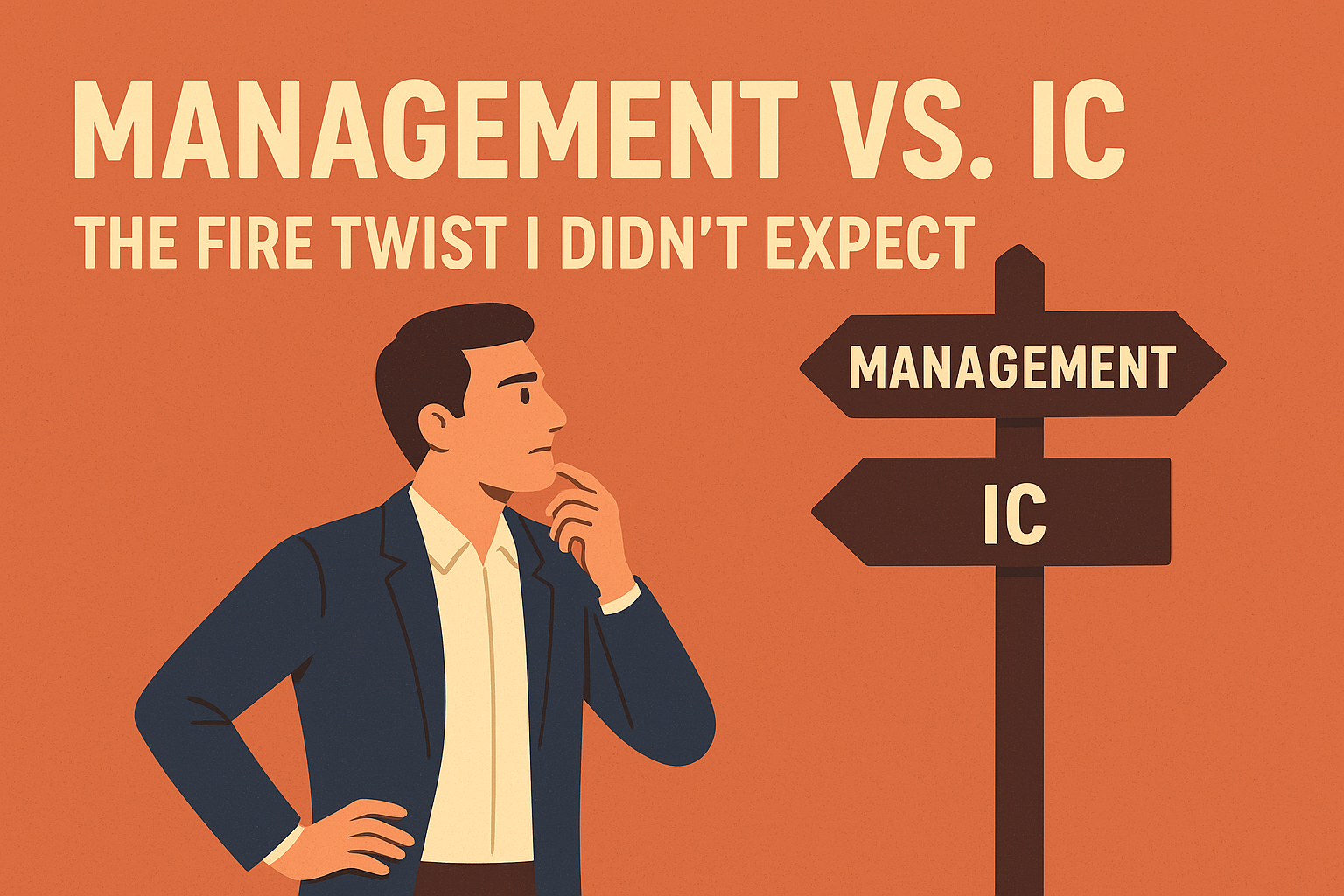3 things that make FIRE hard
These days I hardly ever think about money. It is quite the contrast from before when I’d check in on the stock market every day, do back-of-the-napkin math on investment opportunities, and follow the Federal Reserve for macroeconomic movements like a hawk. But after some reflection, I must admit that I am a little stuck in my progression towards FIRE. In this blog post, I want to share the 3 challenges all FIRE people go through and how one of them currently has me in a pickle. Are you ready? Standby. (FIRE update at the end)

Obstacle #1 – Getting started
As the saying goes, “the hardest belt to get in martial arts is the white belt.” This is true. Most people never even get started. The fix to this problem is simple, but not easy. You can get started by understanding your current financial situation–how much money do you make, how much do you spend, how much do you have left at the end of the month? Believe it or not, many people I talk to who want to be better with money have not done this step yet.
After conversations with hundreds (maybe 1000+?) of people on this topic, I have concluded that the best way to get someone started is to keep things simple. Focus on a particular type of account first (e.g. 401k, checking, debt) and then gradually expand from there as their knowledge expands.
Obstacle #2 – Staying the course
Based on how much money you make, how much you spend, how much you already have, how much debt you have, and your FIRE goals, it may take 5, 10, 20, or even 25 years. Ensuring that you stay in the green every month is hard enough, but sustaining that discipline over 5 to 20 years is exponentially harder. Most people who pass obstacle #1 will usually give up at obstacle #2. We’ve all been there where we are financially disciplined for the first 6 to 9 months, but then we end up buying new furniture or expensive Christmas gifts. And if we’re good enough to control ourselves, large life events such as weddings and having kids will give us unlimited reasons to blow up our existing plan. Without having some sort of accountability model (e.g. budget or net worth projections) most people will overspend, but more importantly, never get back on track!
The worst type of splurging though are the ones where you will be paying recurring payments. I’d be very wary of buying luxury cars, and expensive homes, and sending your kids to private schools that are beyond your ability to make the proper income.
Obstacle #3 – Deciding to pull the plug
So what happens after you’ve hit your FIRE number? This is the obstacle I’m currently facing. I’ve reached my FIRE number over 2 years ago and still have not pulled the plug. I don’t have anything profound to say about this stage other than, it is scary. If I hadn’t gone through the ridiculous inflation period of 2021-2023 I may have already FIRE’d. But I will never forget that I saw my net worth drop by $2 million at the same time prices for everyday consumables were going up by 30-100%. I held on for dear life and moved forward with most of my FIRE plans such as moving to Texas and buying our house. Now my net worth has far exceeded my original goal of $4,000,000–talk about overcoming obstacle #2…
To many, this may be an irrational fear, but it is a fear that I have nonetheless. I want to be and feel financially free, not financially stressed.
For the time being, I don’t have a gameplan. But I only see 3 viable options:
-
Get to a net worth of $10 million but live like I have $2 million – by default, this is my plan
-
Shift significant portions of my holdings to safer investments such as bonds and dividend aristocrats
-
Buy a couple of low-maintenance, positive cash flow businesses such as coin laundry and car wash.
Stay tuned…
FIRE update
As the stock market hits all-time highs and Big Tech continues to lead the way, I am on pace to hit $10 million around 40 years old. This means that I’m way ahead of my projections so markets may have a huge correction on the way. And in preparation for that, I have $500,000 (and increasing) tucked away earning 5% in bonds. Holding cash in bonds was never in the plan, but due to the circumstances of high interest rates, it’s been a stablizing force for me.
My original plan of relying on 2% dividends from VOO is currently being re-thought. VOO/VTI are now yielding only ~1.2% because of the appreciation. So I’m reconsidering my options for how to secure enough cash flow for the every day living expenses during retirement.
In summary, this last step before FIRE-ing is as unclear to me as it’s ever been.
Featured
[

](/blog/the-post-financial-independence-life-no-one-talks-about)
The Post-Financial Independence Life No One Talks About
[

](/blog/im-building-a-fire-tool-and-i-need-your-input)
I’m Building a FIRE Tool — and I Need Your Input
[

](/blog/management-vs-ic-the-fire-twist-i-didnt-expect)
More Posts

Navigating Your Career in the Age of AI

The Post-Financial Independence Life No One Talks About

Comments